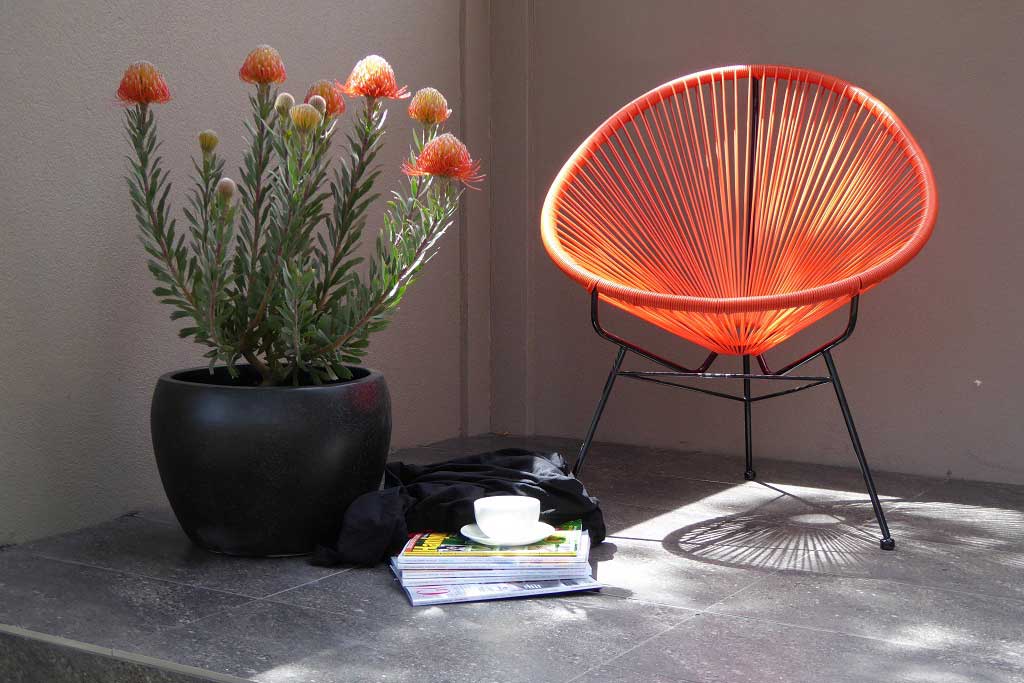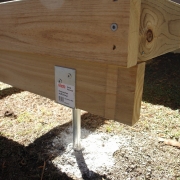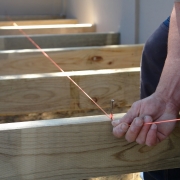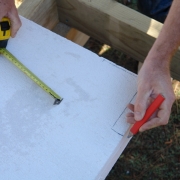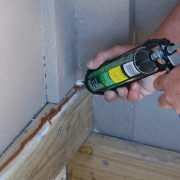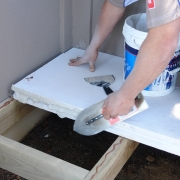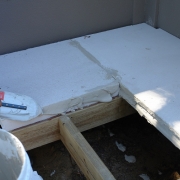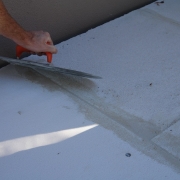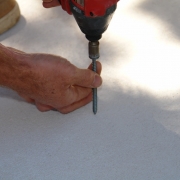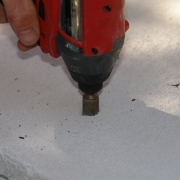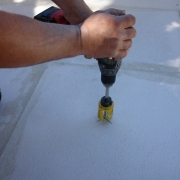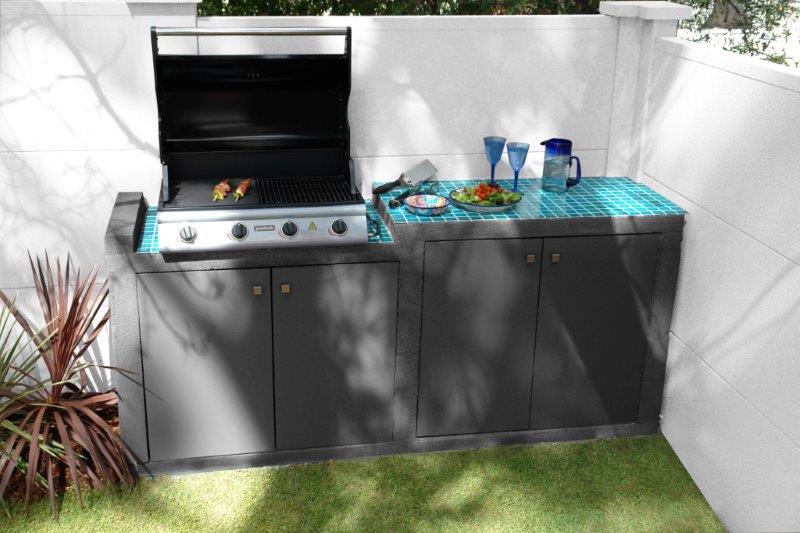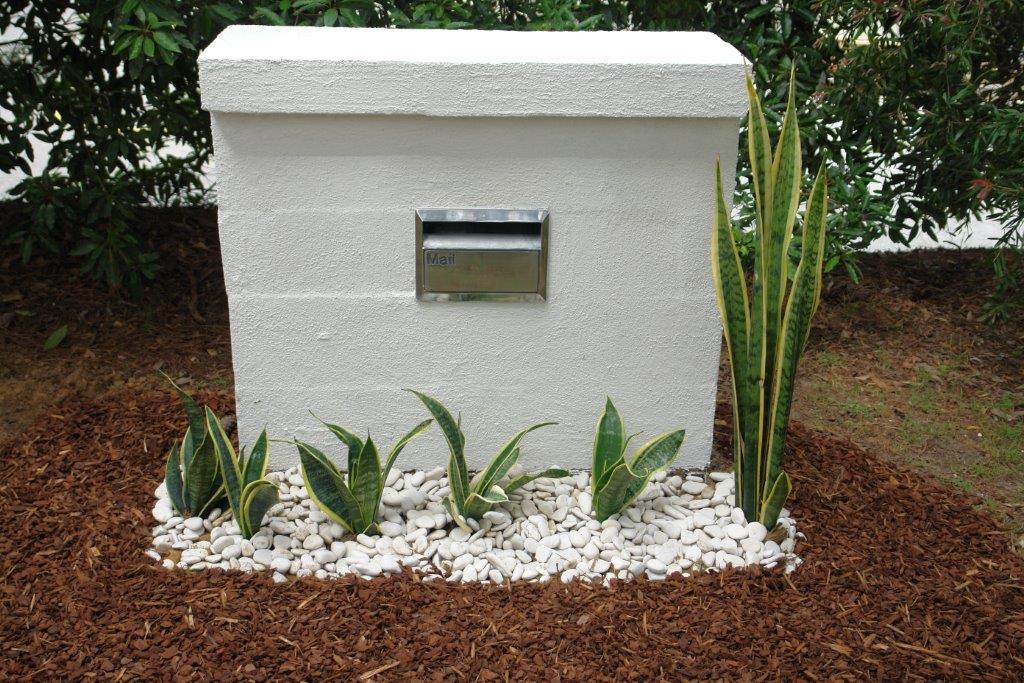Ensure you have decided on the right sub floor design requirements for decking bearers and joists to get the best result.
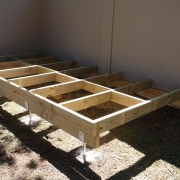
Hebel PowerFloor is a standard platform flooring system, and is well suited to be fixed over both timber and steel decking systems. It’s recommended that professional services be sought to ensure the proper and safe design of all flooring support structures.
Minimum joist bearing width for PowerFloor is 45mm.
Although PowerFloor is suited to similar deflection limits as timber and fibre cement flooring systems, the more limited deflection, the closer PowerFloor will feel to a full suspended concrete slab.
Hebel recommends a deflection limit of span/600 to achieve the ultimate feel and superior performance of PowerFloor, particularly if larger size ceramic tiles are to be laid on the floor.
